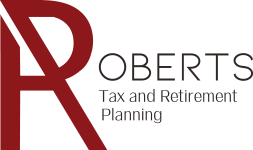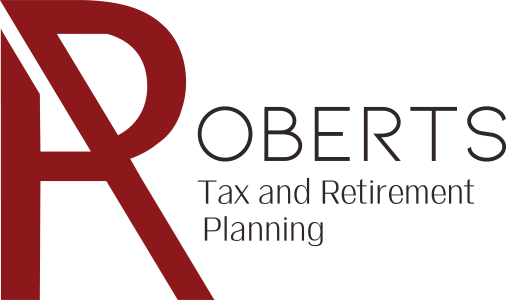Are you self-employed and wondering how you’ll ever be able to retire? After all, you work for yourself, there was no offer of a retirement package when you signed on for the job. But, there are ways for you to put money aside for retirement, just as there is when working for big corporations. We’ll explain.
Traditional and Roth IRAs
You’re probably familiar with IRAs, short for Individual Retirement Arrangements. These plans are easy to implement and easy to contribute to. If you use a traditional IRA, it’s possible you can deduct your contributions for the year you made them in. That alone is a great motivation to make your contribution.
A Roth IRA does not allow you to deduct your yearly contributions, but you can take your withdrawals tax-free after your retirement. Keep in mind that you can’t borrow from an IRA, and if you take a withdrawal from a traditional IRA before you retire, and you don’t meet one of the exceptions allowed for withdrawal, you’ll pay a ten percent penalty and income tax on your withdrawal. A Roth IRA allows you to withdraw your contributions (but not other earnings and interest) without penalty.
Individual 401(k) Plans
Entrepreneurs who have no employees, other than a spouse, can set up an individual 401 (k) plan. This is a great choice if you want to employ your spouse and add her to the plan. This is also a great option if you would like to contribute a lot of money to your plan. And, an added bonus is that you can contribute as both an employee and employer.
For more information on retirement plans as a small business owner, please reach out to us.







